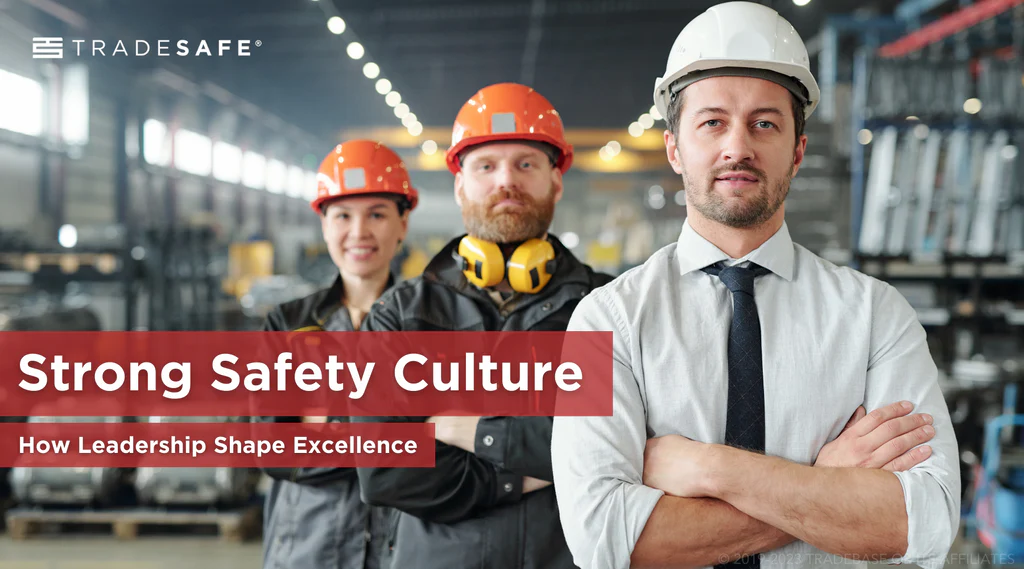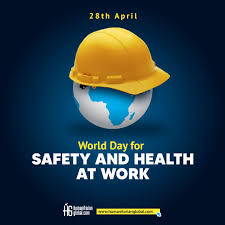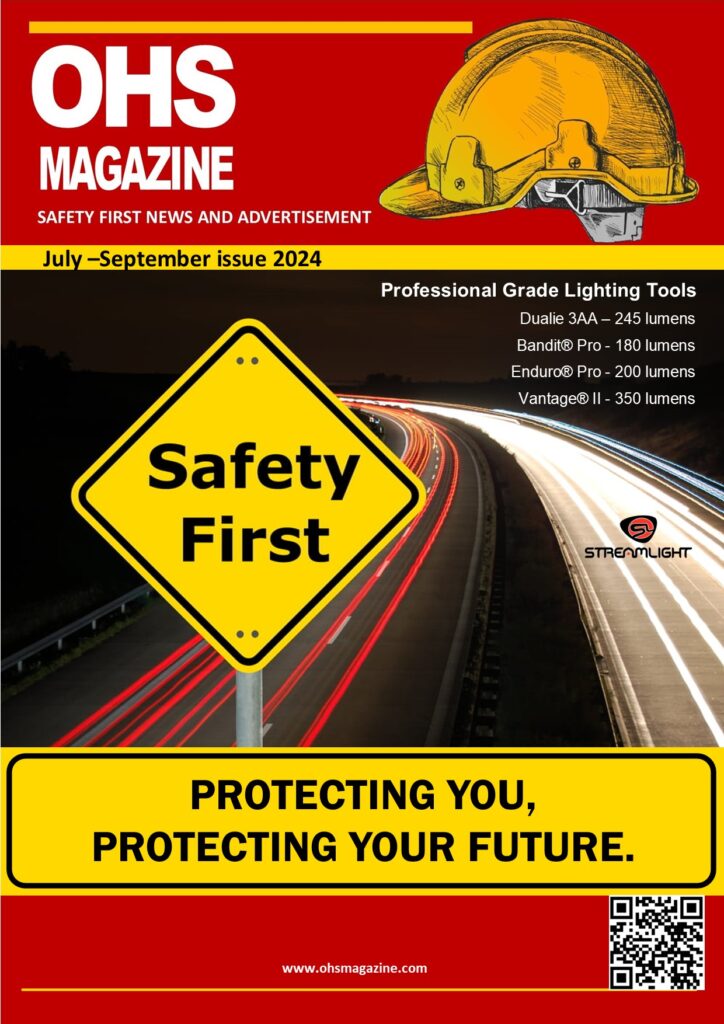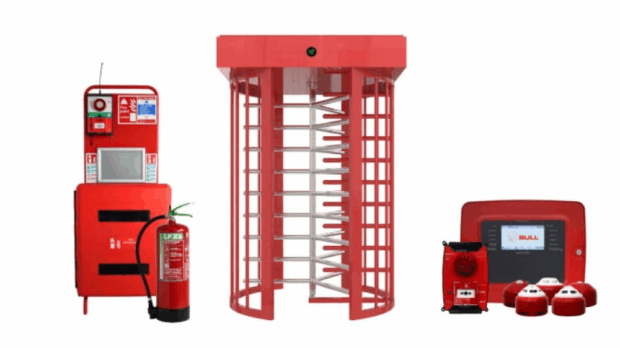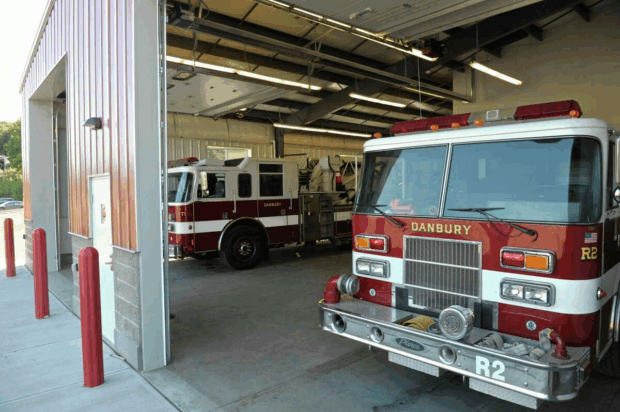Fostering Safety Excellence: Cultivating a Strong Safety Culture in High-Risk Industries. In high-risk industries such as construction, mining, and manufacturing, ensuring the safety and well-being of workers is paramount. Beyond just compliance with regulations, these sectors strive to cultivate a safety culture that permeates every aspect of operations, from the shop floor to the executive boardroom. In this investigative report, we delve into the strategies and practices employed by industry leaders to foster a safety-first mindset and reduce workplace incidents.
Leadership’s Role in Safety Culture:
At the heart of any successful safety culture lies strong leadership committed to prioritizing the well-being of employees. Industry stalwarts emphasize that safety should not be seen as an afterthought but rather as an integral part of business operations. CEOs and senior executives set the tone by championing safety initiatives, allocating resources for training and equipment, and leading by example through their own adherence to safety protocols.
Best Practices and Successful Initiatives:
Several companies in high-risk industries have implemented innovative programs and initiatives to promote a culture of safety. For instance, some construction firms have adopted daily safety briefings where workers discuss potential hazards and mitigation strategies before starting work. In mining, the use of advanced technology such as drones and sensors helps identify risks in real-time, allowing for proactive intervention. Similarly, manufacturing companies have embraced lean principles to streamline processes and eliminate safety hazards.
Employee Engagement and Empowerment:
An integral aspect of a robust safety culture is the active involvement of employees at all levels. Workers are encouraged to report near-misses and safety concerns without fear of reprisal, fostering a culture of transparency and continuous improvement. Many companies incentivize safe behaviors through recognition programs and rewards, reinforcing the message that safety is everyone’s responsibility.
Training and Education:
Comprehensive training programs are essential for equipping workers with the knowledge and skills necessary to identify and mitigate risks. From basic safety inductions for new hires to specialized training for specific tasks or equipment, investing in employee education pays dividends in terms of injury prevention and operational efficiency. Moreover, ongoing safety training ensures that workers stay abreast of emerging risks and best practices.
Challenges and Future Directions:
While significant strides have been made in promoting safety culture, challenges persist. These include resistance to change, budget constraints, and the need for greater collaboration among stakeholders. Looking ahead, industry leaders stress the importance of embracing technological advancements such as artificial intelligence and predictive analytics to further enhance safety outcomes.
In conclusion, cultivating a strong safety culture in high-risk industries requires concerted effort and unwavering commitment from all stakeholders. By prioritizing safety, investing in training and technology, and fostering a culture of empowerment and accountability, companies can not only protect their most valuable asset—their workforce—but also drive sustainable growth and success in the long term.



